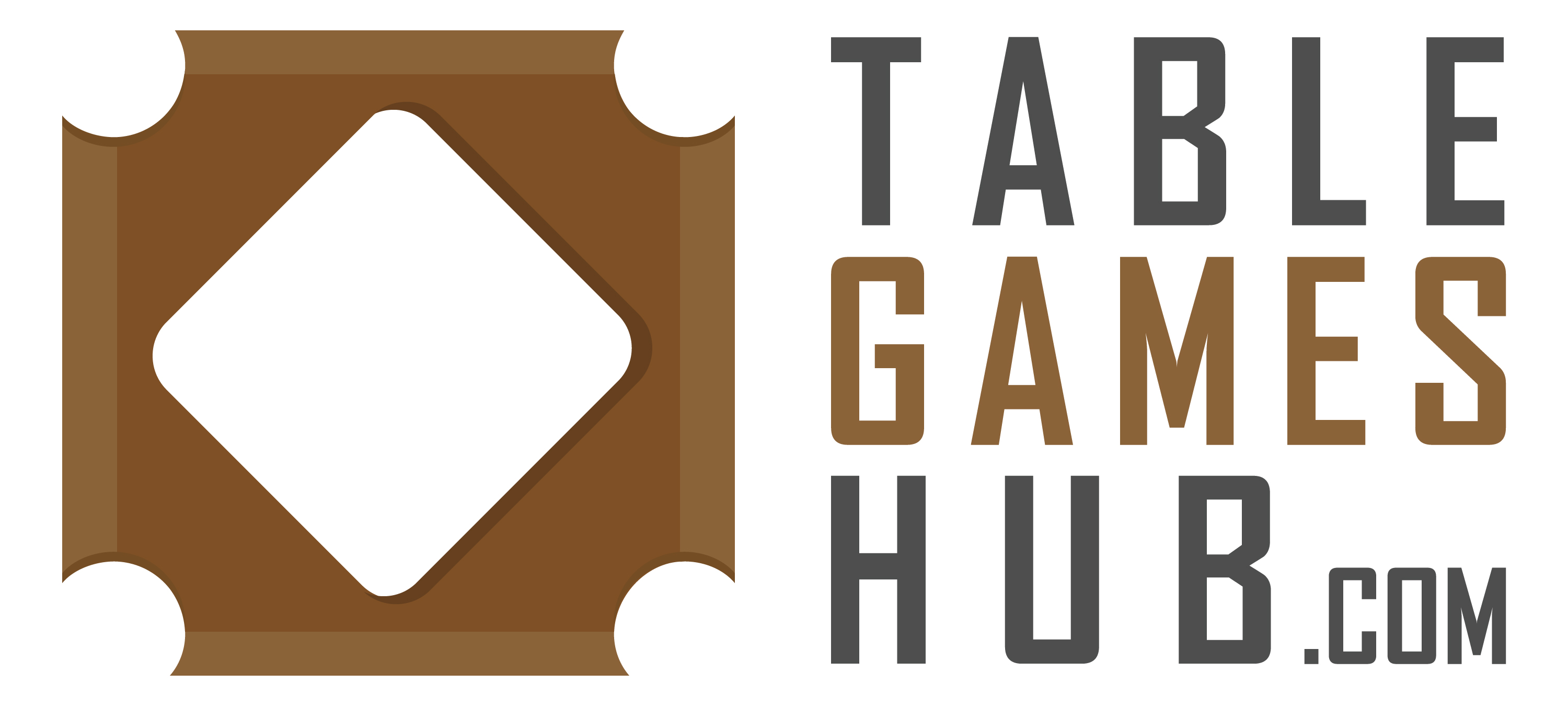One of the most action-packed games you will ever play is air hockey. This is a 2-player game where opponents stand on opposite ends of the table and battle it out with pucks/goalies.
The table is the most critical piece in the game of air hockey because it continuously blows air to help the pucks glide smoothly (and effectively) across the board.
Have a look at some simple air hockey tips and strategies for beginners.
Starting the Game
Before the game gets started, you will toss a coin to determine which player will possess the puck and which will get to choose the side to start on.
As with most other games, the winner of the coin toss gets to make the decision of whether to start or where to start.
If they choose puck possession, they will start the odd games (1, 3, 5, and 7). The opponent will start the even games (2, 4, and 6).
How to Play Air Hockey
You and your opponent will stand on opposite ends of the table and centered behind the goal box that you will be defending.
You will be holding a goalie on one hand to block the goal and prevent the puck from entering.
Once the puck crosses the center line toward you, you will use your goalie to push it back toward your opponent- and hopefully get it in the goal.

You should hold your goalie about 8-14 inches ahead of your goal box, but you can stick it out further to score.
There are lots of offensive shots to choose from: bank, straight, double bank, angled, and so much more.
Where Should the Player Strike the Puck
As mentioned, when you are playing air hockey, there are lots of shots that you can use to score points.
Of course, you must know which side of the table you are allowed to strike the puck on.

You can use any area between you and the center line- but you may never cross the center line.
Typically, you have 7 seconds to strike the puck. You can use this time to align your shots.
However, in order to maximize your chances of scoring a goal, you must avoid executing the shot too close to your own goal.
After all, when you execute a shot close to your goal, it gives your opponent plenty of time to react and shoot it back to you.
In Play Vs. Out of Play
The legal bounds of air hockey include the following:
- Surface of table
- Front faces of goals
- Interior of goals
- Barriers of rail
- Players wallet
If the puck comes into contact with anything else during the game- no matter what the reason is- it is considered “out of play.”
In the game of air hockey, any unsuitable item on the table is considered interference.
If the puck grazes the top of the rail and goes back to the table, it is still considered “out of play.”
How to Score an Air Hockey Game
In order to score a point, the puck must slide through the goal of your opponent before falling into the container.
If the puck only partially slides through the goal, the player can remove it- provided he/she is able to do so without using his/her hands.
Out Offensive Shots
Here are a few common air hockey shots:
Cross Straight
As long as you get plenty of practice, this shot is really an easy one to pull off.
This shot is successful when you hit the puck to the corner of your opponent’s goal and to be effective, should be done at a 45-degree angle.
Bank
The bank shot hits the side of the board before arriving at your opponent’s goal.
However, this method will slow the shot down, giving your opponent the time he/she needs to react. There are 2 types of bank shots:
- Underbank: this is the most common bank shot- the puck hits the side of the wall, then goes right past the goalie of your opponent straight into the goal.
- The best time to employ this shot is when our opponent is busy defending higher up the board.
- Overbank: this type of bank shot is best when your opponent is defending his/her goal line.
- Instead of using arm power for this shot, make sure that you use wrist power because it provides the right amount of power to get the puck all the way across the table without getting away from the board.
Air Hockey Mistakes to Avoid
Just like with any other sport, there are some common mistakes that players make from time to time. In order to be a successful, effective air hockey player, you must keep these things in mind so that you can avoid making them:
Avoid Complications
While it’s true that the more complex shots do wow your opponent (and anyone who is watching you), it’s best to stick to the basics if you want to see results.
The best thing to do is work on the basic six shots: under, cross, over, cut, and 2 banks.
However, in most cases 2-4 are more than enough.
Forget Defense
Many times, players get so focused on developing and maintaining their offense that they forget all about the defense. However, defense is also quite important.
A good player will be able to effectively split his focus between the two.
Holding Goalie/Mallet Wrong
Think about the design of the goalie/mallet: most players tend to hold it at the top of that center knob. However, this really is only going to slow you down.
In order to increase your agility, accuracy, and speed, you need to hold it behind the knob.
Bend Shoulders Down
While you are defending, you need to avoid bending your shoulders down because you won’t be able to stop any underbanks your opponent sends your way.
When you are bending forward, you can’t move backward quick enough to stop those underbank shots.
Forget the Warm Up
Just like any other sport, you need to take a few minutes to warm up before playing a game of air hockey.
Spend about 10 minutes stretching and 15-20 minutes at the table. A warm up will help you get ready for the game and make you a much more effective player.
Even though air hockey seems like it’s a simple game, in order to win you must increase your skills and strategies with practice.

If you want to start playing, you must be willing to invest your time and energy to improve yourself.
With enough practice, you will see your proficiency, abilities, and skills improve- which will help you keep control of the game and score as many points as possible.


